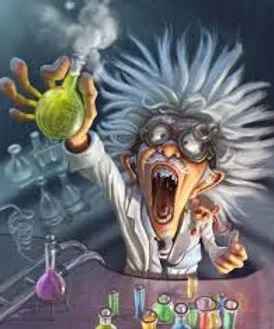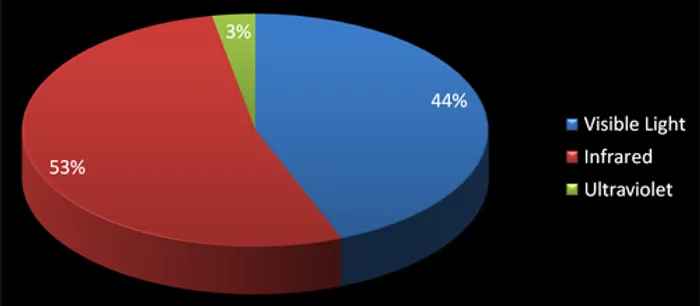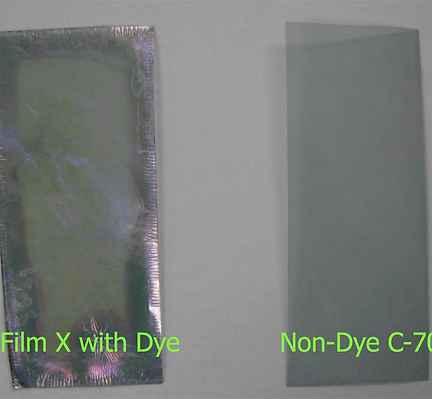SCIENCE OF NANO-TECHNOLOGY

Nano-technology is one of the greatest evolving sciences in the world today. From biotech to aerospace, the implementation of nano-technology has exponentially advanced many industries, window film being one of them.
Essentially, what were doing is manipulating the solar spectrum. The solar spectrum includes UV Radiation, Visible Light, and Infra Red Radiation. Each of these components have an impact on heat gain.
Scientists, through molecular science, can engineer Nano-particles (which measure 1 billionth of a meter) to identify and absorb vast amounts of Infra-Red Heat, practically all the UV radiation, and varying degrees of the Visible Light .
It’s through this science, that NASA was able to engage heat rejection elements into the Space Shuttle design, and then further down the line into the Stealth Bomber.
SLICK TINT IS PROUD TO BE THE MAIN SUPPLIER OF 100% DYE FREE NANO-TECHNOLOGY WINDOWS FILMS IN THE CITY OF WINNIPEG
100% DYE FREE
UV Rays : 99.9% ELIMINATED !!
(IR) Infra-Red Rays : Up to 95% ELIMINATED !!
VLT (Visible Light) Manipulated by shade % ( 5%, 15%, 20%, 35%, 40%, 50%, 80% )
SPF ( Sun Protection Factor ) 1000 +
Typical sunscreen is only 30 SPF !!!
100% Dye Free Window Film
(zero fading)
100% Metal Free Window Film
(zero electronic signal interferance)
100% DYE FREE
HEAT BREAKS DOWN INTO 3 COMPONENTS
3% comes from UV Radiation (100nm – 380nm)
44% comes from Visible Light (400nm – 780nm)
53% comes from (IR) Infra-Red (780nm – 2500nm)

DYE-FREE WINDOW FILMS
Eliminating organic dyes and pigments that break down over time and exposure will help in maintaining visible light filtering capability. Consider the fact that roughly one half of the energy that makes up heat is in the visible region, it is more favorable for a window film to be “dye-free.” While dye methods are becoming more stable than in years past, using “dye-free” film construction gives the satisfaction of knowing that there is one less component that can break down.

THE DURABILITY FACTOR
There is a lot of value in a durable window film. If a film can maintain it’s ability to filter the visible, infrared, and UV spectrums (primarlty the first two) then the result will be that performance is maintained. This is crucial, what if your film loses 2% or more of its performance every year due to dyes fading. The end result would be increased enrgy demand due to increased solar tranmittance and reduced comfort.
Most films that are “dye-free” will most likely advertise that fact in print. If you do not see it in print then you may want to investigate further. A good way to test a film for dyes is to soak a cut piece in methyl chloride.

